Up Next

Monaco isn’t simply about piling on as much downforce as possible and being brave. You also need a car that’s well-balanced with very-little-to-no understeer and excellent traction. You also need to run with higher ride heights than normal just to keep the car off the ground over the undulations.
Some teams will run the car a little bit softer on suspension settings, but actually you still need the precision that a stiffer front suspension gives you while also getting the traction benefit of a softer rear suspension.
This is an area that each car will need to find its own compromise for. Some cars, like the Red Bull, ride the kerbs at normal circuits better than others and this will carry through as a benefit at Monaco.
Over the years, sector three at Barcelona – running from 89 metres before Turn 10 to the end of the lap – has often been likened to a mini-Monaco. While this is not wrong, it’s far from a given that being fast there means you will be quick in Monte Carlo.
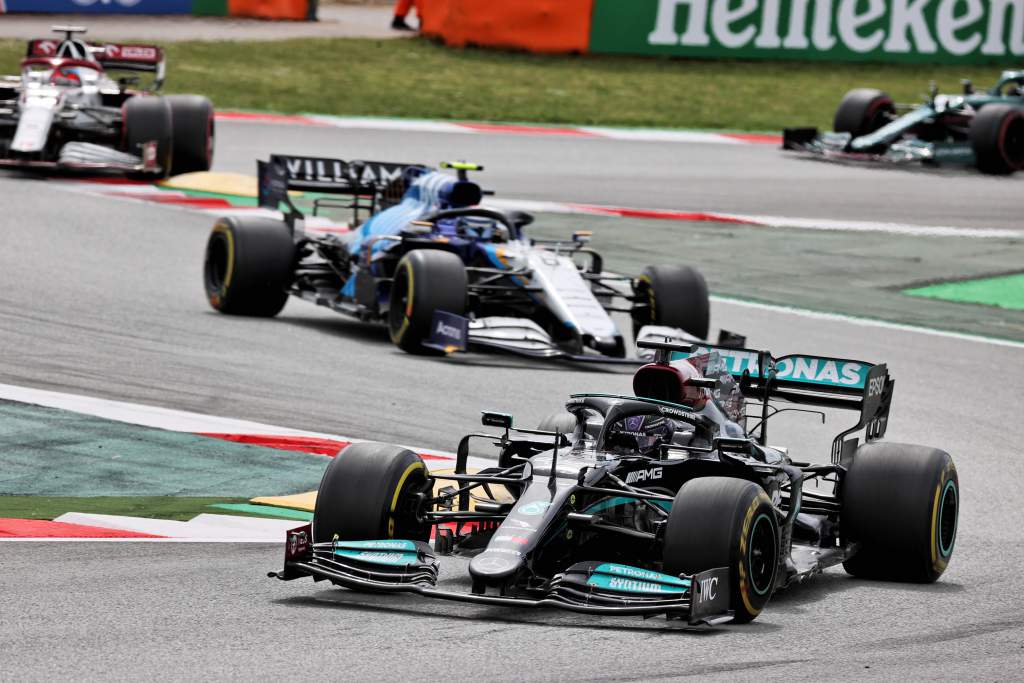
Before you even reach sector three at Barcelona, you have been through six other tyre-punishing corners. The car or driver that’s easiest on their tyres will therefore benefit in sector three.
Monaco isn’t like that, and so many other set-up changes are made to optimise the traction over the lap. Many of the corners create more or less a standing start thanks to how slow the exits are, so if the traction isn’t good, you will destroy the rear tyres very quickly. If you have too much understeer, you won’t be precise enough.
Having a car balance that allows you to miss the barriers by one centimetre is good, but missing it by 10 centimetres because of a little understeer is slow and you can very easily catch the rear wheel on the inside barrier. However, too sharp a front end and missing the barrier by 10 centimetres on the other side is even slower and usually ends up with you finishing the lap on a flatbed truck.
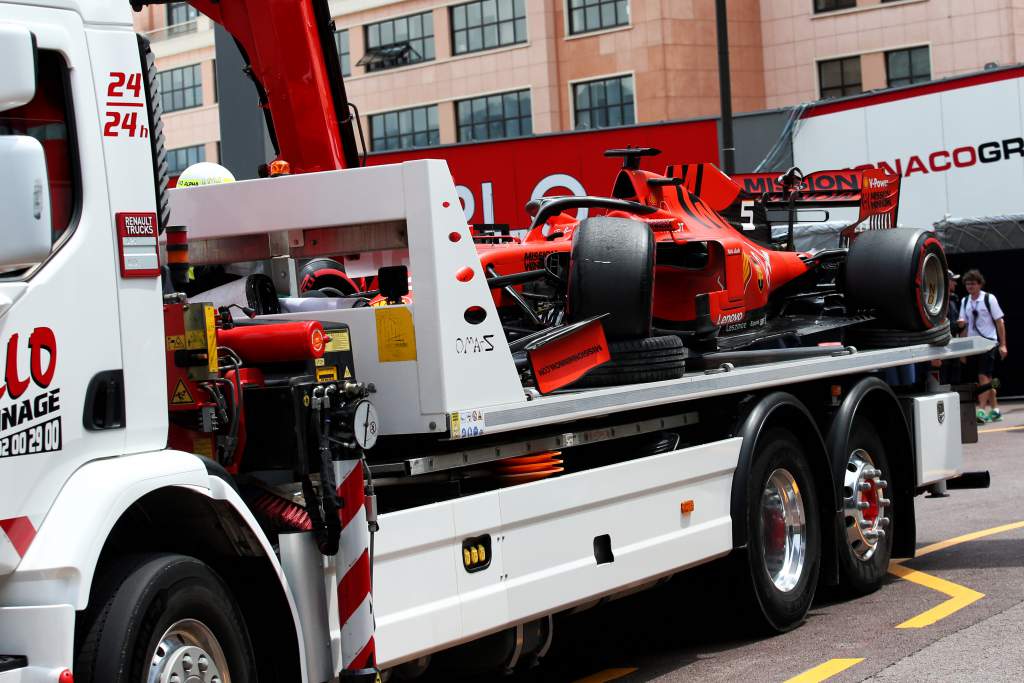
Looking at the Barcelona sector times from qualifying and converting them into a percentage gives us the following data.
We can also compare it to this season’s average over the first four races for each team to see if it’s a gain or a loss relative to a team’s standard performance level.
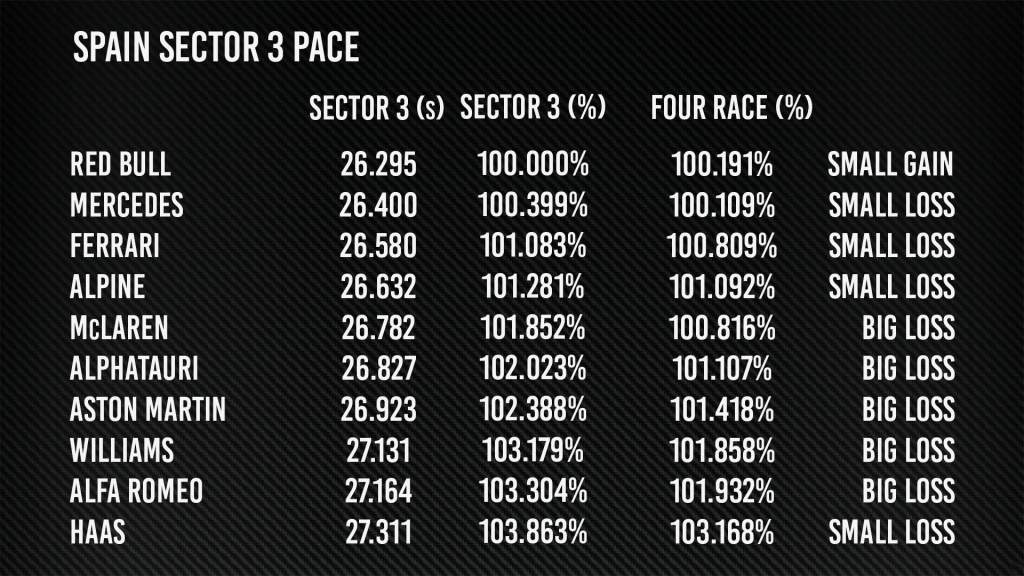
There’s no real surprises here. The fast cars are at the front and the slower cars at the rear, which is how it ends up at all the circuits fast or slow.
But we can see only Red Bull was faster through sector three at Barcelona than its average for the season. The rest lost out to differing levels, so if we take them in the order of their gain or loss we get the following.
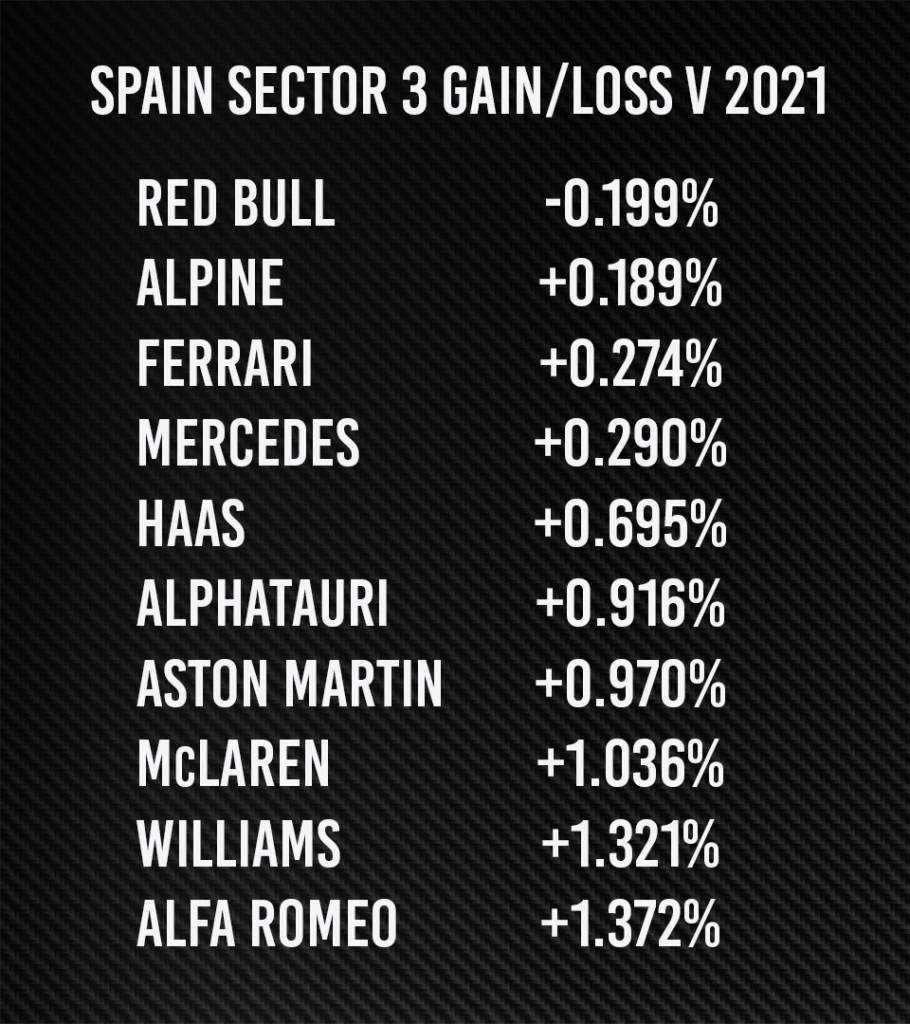
By way of comparison, here’s what happened the last time the teams visited Monaco in 2019. This shows the fastest time for each team and the percentage difference.
Some of the team names and drivers have changed, but let’s see what else has changed when qualifying is over on Saturday afternoon.
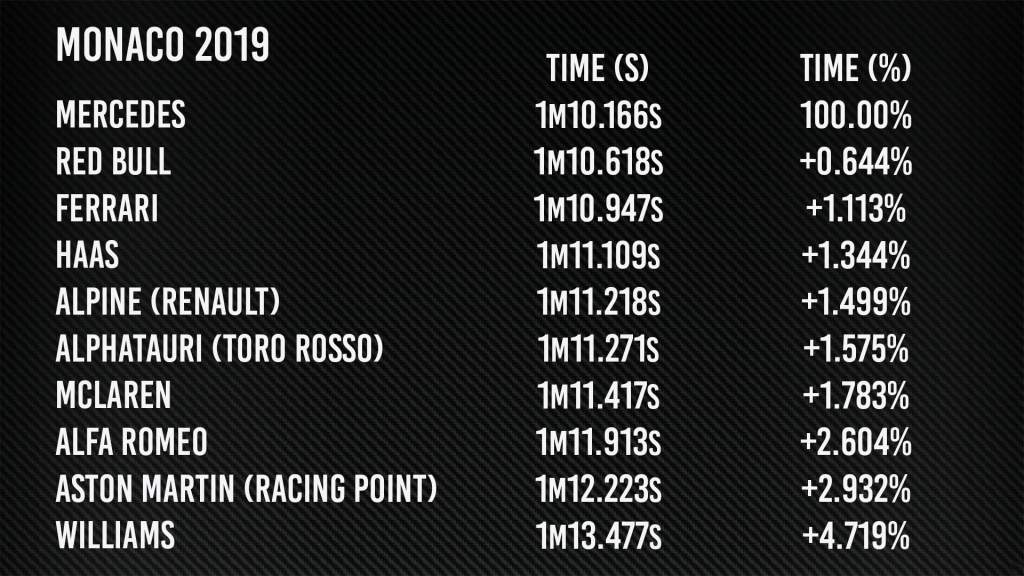
Using any part of any track as a simulation of another doesn’t guarantee performance. But it does appear that Red Bull stands out as strong in the slow-speed corners.
As mentioned earlier, the Red Bull appears to be able to climb over the kerbs that bit easier than others. Achieving this is not easy; it’s a combination of the spring stiffness, the rate change through the mechanical rocker system, the damping and the inertia control system.
All of this is ‘under the bonnet’ and well out of view for us all, but they are not just simple set-up parameters – they are actual design requirements that require decisions very early in the design of the suspension system. It’s not just about sticking on a softer spring as that will mean that other components will change their velocity, and most of these components are designed to be velocity-sensitive.
With its high rake and front suspension weight transfer with steering lock system, the RB16B probably has less low-speed understeer than the others, while still being well-balanced in the fast corners.
That, combined with the higher rear ride-height, allows it to run a slightly softer rear suspension set-up, which improves the traction and means it doesn’t suffer from diffuser stall as early as other, flatter cars. So it all bodes well for Red Bull in the principality.
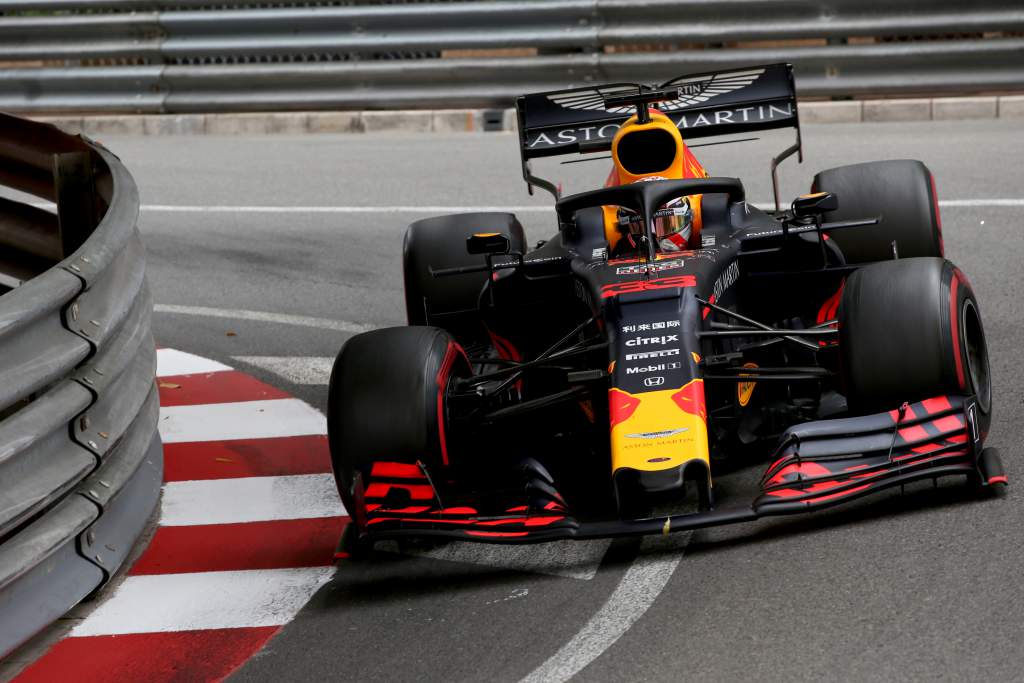
But all that said, give the driver a decent, predictable car and they can make a bigger difference in Monaco than half-a-degree of front wing or a millimetre of ride height.
They also need to remember the biggest difference they can make is keeping out of the barriers. Those are unforgiving, and I’m sure over the weekend many of the drivers will be seen walking back to the pits with slumped shoulders.
I can’t wait!



